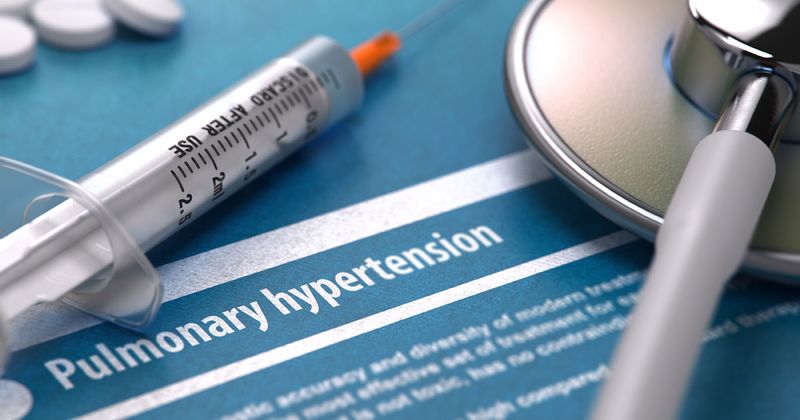Combining endpoints may improve prediction of pulmonary hypertension survival
In a new study, improvements in multicomponent endpoints and risk stratification tools based on functional class, 6-minute walk distance and N-terminal pro-B-type natriuretic peptide better predicted pulmonary artery hypertension survival.
“To overcome the limitations of established endpoints, novel outcome measures have been introduced to detect clinical improvements by combining parameters [that] have prognostic value,” Marius M. Hoeper, MD, senior physician in the department of respiratory medicine and professor of pulmonary hypertension at Hannover Medical School and the German Center of Lung Research, and colleagues wrote in Journal of Heart and Lung Transplantation. “This includes established risk stratification tools as well as newly designed models looking at multicomponent improvement endpoints, that is, prespecified combined changes in functional class, 6-minute walk distance and N-terminal pro-B-type natriuretic peptide. So far, none of these tools has been sufficiently validated to be acceptable for regulatory agencies as a primary outcome measure in pivotal PAH trials.”

Researchers assessed the prognostic value of improvements in a variety of outcome measures including functional class and improvements in 6-minute walk distance and N-terminal pro-B-type natriuretic peptide (NT-proBNP) using the COMPERA database. The analysis included 596 patients with newly diagnosed PAH (mean age, 61 years; 66.6% women) with complete baseline and follow-up data.
The median observation time following the first follow-up visit at 4.1 months after baseline was 3 years, during which 31.7% of patients died, 1.3% received a lung transplant and 5.7% were lost to follow-up.
Results reported improvement in functional class among 35.2% of patients was associated with improved survival in PAH (P = .0015). Absolute or relative improvements in 6-minute walk distance had no survival prediction value, the researchers wrote. In addition, the researchers reported no associations with improved long-term survival and absolute declines in NT-proBNP, but NT-proBNP relative declines by 35% (P = .006) in 28.3% of patients and 40% (P = .037) in 19.8% of patients were associated with better PAH survival.
In addition, improvements in multicomponent endpoints and risk stratification tools were associated with improved PAH survival.
“These tools should be further investigated as outcome measures in PAH trials to determine whether they may eventually become acceptable surrogate endpoints in the future,” the researchers wrote.
